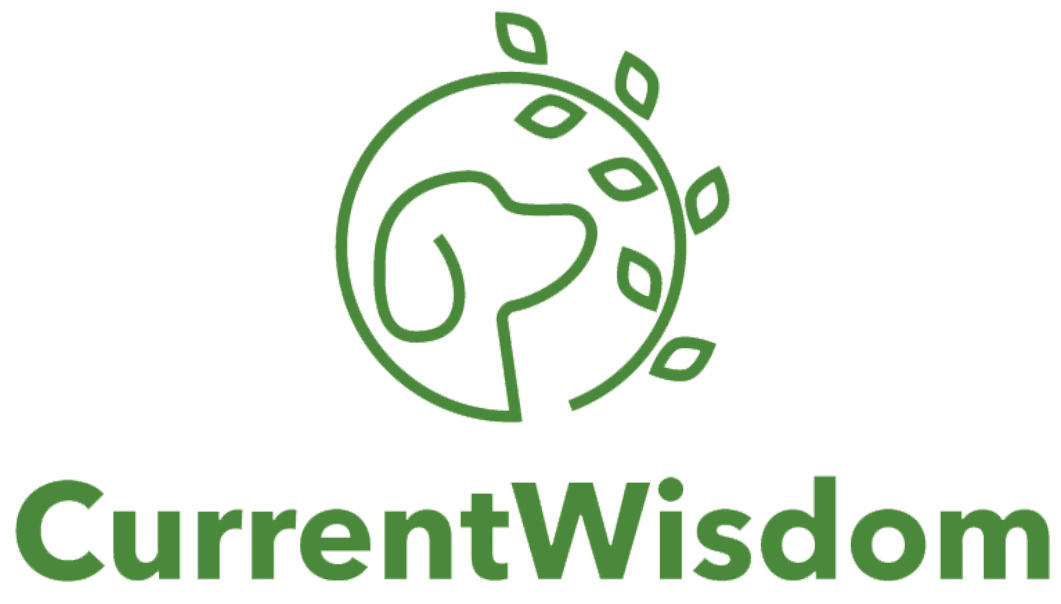3 Lessons That Make A Market

Its never team first. Its always market.
(That’s Glinda at the Peninsula Humane Society. Go adopt a dog. Or even a cat.)
Last week I wrote a post about Fundable Founders. I started with the team because so many seed investors talk about how important the team is to the investment. Do you know why?
Because the seed investors have to work with the team. Not the product. Not the market. The team.
Which makes it really confusing when an investor passes after saying how much she likes the team.
While there are many reasons that seed investors pass, one of the main reasons is the validity of the market.
As founders, we often hear a lot of conflicting advice:
Revenue doesn’t matter, its all made up any way.
Traction. It’s all about traction.
Don’t have revenue when you raise, you want to raise on the dream.
It’s better to raise pre-launch, so growth isn’t a factor
etc.
Here is a little known fact:
Investors are looking for large markets with wide open spaces that optimize rapid revenue growth. First.
Then, they look to the team, and the belief in the ability of that team to build something…anything…interesting in that market that has the potential to have a large liquidity event in a five year time horizon. Your product is just an indication of the skill and thoughtfulness of the team.
Read that again. Does it scream “team, team, team”?
It doesn’t mean that seed investors don’t care about the team. It means that they don’t take a long look at the team until there is a defined interest in a market. This is known as Thematic Investing.
Foundry Group, friends and fantastic investors, are so upfront about their thematic investment strategy, they have a page on their website outlining the themes and companies from their portfolio that match those themes.
Don’t dismiss the importance of your chosen market.
How can you tell if the market is worth going after? Let me count the ways…
1. There is a clear indicator that multiple $100mm adjacent companies can be built inside the market.
Example: Eyeglass market

2013 US Eyeglass Market (
http://www.statista.com/topics/1470/eyewear-in-the-us/
)
Decent sized market ($28B US), with minimal online penetration of eyewear sales. $10B of that is Luxottica ($25B market cap), with the vast majority being retail sales.
Big market. Single dominate player. The opportunity? Reduce the cost of eyewear ownership, and move it all online. Can you build a $100mm company in the $28B eyeglass market? Most likely yes. Warby Parker is adjacent to Luxottica. They can own the online market and cannibalize the retail market.
And how are they doing? Estimates put them at $50mm annual run rate.
Lesson: Understand and articulate the “white space” your company will operate in. If there is a dominate player, how will you operate under their radar and be able to gain market share more rapidly than they can, and perhaps even cannibalize their current business.
2. Clarity.
Many times, when founders look to attack a market, the assumption is that is it can be disrupted simply by doing “it” better.
Example: Taxi Market
With the launch of smartphones, it became apparent that an issue in the taxi market was efficiency. Shouldn’t it be easy to call a taxi when you wanted it? What companies tried to do was disrupt dispatch in the estimated $100B taxi market.
But dispatch wasn’t broken. Logistics was. Driving efficiency through algorithms, location and, yes, smartphones was the real innovation, and Uber crushed that. Early on, they talked about the science and math of car tracking, delivery and selection. How did it turn out for them? $17B valuation is not bad.
Lesson: Figure out the one thing that can be improved on or replaced to add efficiency to a market. It is often not self-evident. Be simple and clear.
3. Choosing the right market segment within the market.
Often, we see market size as the indicator of potential. Keeping in mind that $100mm in potential revenue is the short term goal, the minimum size a market can be is $10B. (1% of the total market is $100mm).
But that is where we make the biggest mistake. The total market size is not the measure of its potential, but rather the TAM (Total Addressable Market) which is often much smaller (or bigger!).
Example: Beauty Products. A $265B market. Huge right? So where do you start?
Walker & Company chose to start with people of color. Why? Not only is it an underserved market, but massive growth is coming out of Asia. Asia alone is a $21B market (meets our minimum), and in the US, African-American’s alone spend $9B on hair care. The top brands are spending nearly $200mm a year advertising health and beauty products to African-Americans. And that number is growing.
Let’s dive even deeper. According to Nielsen, the number one purchasing category for African-Americans? Health and Beauty Aids. (Indexed 946, nearly 9x the average)
What was the first product Walker and Company came out with? A high end razor that focused on specific skin issues that African-American men face while shaving. Brilliant.
Lesson: Be smart about what market or market segment you can actually attack. Understand both it’s current and future revenue potential.
As you start to build out your investment pitch (or honestly as you start to develop product concepts) think hard about the market you are entering. Are you going after the right market? Is it big enough? Are you solving a real problem?
Understand that investors have to be interested in the market and convinced there is a real ($100mm+) revenue opportunity in that market before even considering you and your team.
Make sure there is no question.
